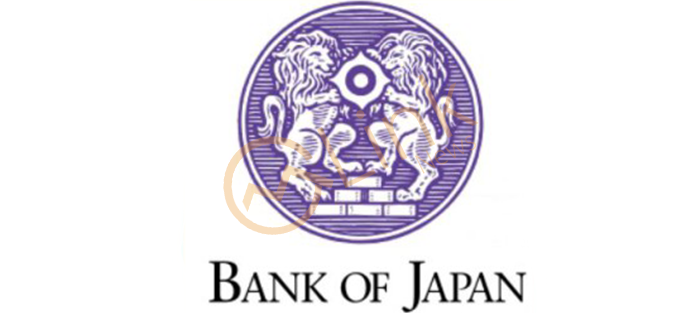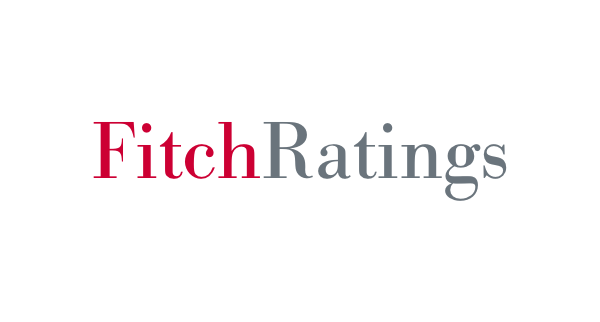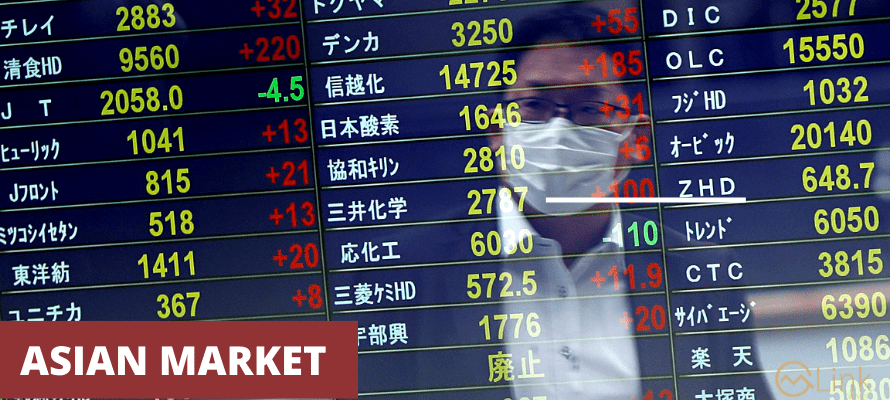March 22, 2024 (MLN): The Bank of Japan’s (BOJ) decision to raise policy interest rates back into positive territory signals that its efforts to improve inflation dynamics have had some success, says Fitch Ratings.
Japan’s credit profile benefits from the modestly stronger inflation outlook overall, despite some pressures on public finances from higher interest rates, but this is already considered in the sovereign’s ‘A’/Stable rating.
Preliminary indications that robust increases are being agreed to during the ongoing Shunto wage negotiations should bolster near-term upward pressure on prices and likely supported the BOJ’s decision on 19 March.
Fitch expects moderately higher inflation to have beneficial effects across Japan’s economy, such as fostering more labour market dynamism and spurring consolidation among corporates.
Meanwhile, higher interest rates should improve banks' domestic net interest margins.
A tighter monetary policy could weaken domestic demand and mitigate inflationary pressures by raising the cost of borrowing and investment.
However, this effect may not be strong in Japan, given that corporates and households have strong balance sheets, while the government enjoys strong financing flexibility.
Fitch assumes that further monetary policy tightening will be gradual, with the overall policy stance remaining accommodative.
While inflation dynamics are stronger than they have been in years, we see limited upside risks to inflation over the medium term, partly reflecting our assumption that the yen will strengthen over 2024-2025. It only expects the BOJ to raise the policy rate to 0.25% by 2025.
Japan’s very high government debt/GDP is a key credit weakness.
However, upward pressure on the ratio from higher borrowing costs will be gradual, given the average maturity of over nine years on Japan’s debt stock.
In the near term, the impact will be outweighed by higher inflation, which will help lower debt/GDP through a stronger deflator and tax revenue growth.
Yields on Japan’s 10-year sovereign bonds had already risen following the BOJ’s modification of its yield curve control policy last year.
When Fitch affirmed Japan’s sovereign rating in October 2023, our analysis assumed a rise in 10-year yields to 1%, from just over 0.7% currently.
Significantly higher real yields, for example under a hypothetical scenario in which the BOJ's monetary policy credibility had eroded, would pose risks to government debt sustainability, but are not our base case.
Fitch estimated in December that the hit to the BOJ’s financial position from higher interest rates will be modest and gradual, mainly through higher interest payments on bank reserves held at the BOJ.
The government’s exposure to BOJ losses is likely be limited to the loss of the central bank’s budget contribution, which averaged 0.3% of GDP in the five years to March 2023 and could go to zero in a more aggressive monetary tightening scenario.
Even a modest fiscal hit could be significant for Japan’s fiscal trajectory, debt dynamics and sovereign rating, especially as it would occur amid rising interest costs and increasing priority spending on childcare and defence.
Over the longer term, rising ageing-related costs could further complicate debt stabilization without reforms to overhaul social security or raise Japan’s relatively low potential growth rate.
Nonetheless, November’s supplementary budget was smaller than we assumed in our October rating assessment, and we expect the deficit to narrow in the fiscal year ending March 2025.
The BOJ’s latest moves may be felt further afield if they affect Japanese investors’ willingness to hold foreign debt.
Pressures in markets where they are major investors could increase if interest rate differentials between Japan and these other markets narrow sharply.
However, this could be partially offset by reduced hedging costs from lower rates overseas, encouraging some Japanese investors to increase investment overseas.
Copyright Mettis Link News
Posted on: 2024-03-22T10:01:41+05:00







